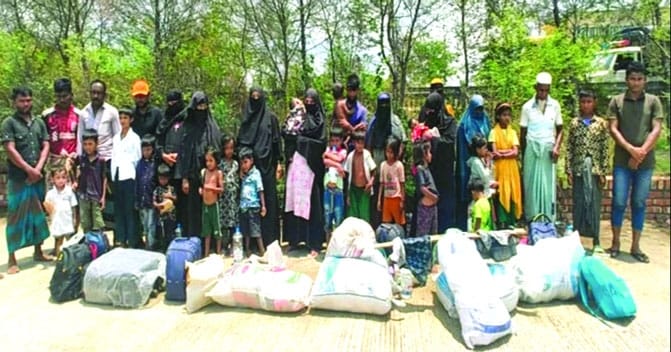On Saturday, 3 May 2025, Bangladesh’s Rapid Action Battalion (RAB‑7) rounded up 35 Rohingya refugees (including 19 women and children) on the Khajurtola embankment beside Patenga beach, Chattogram. The group had slipped off Bhasan Char by boat the previous night, ducking the island’s checkpoints only to be intercepted on the mainland and passed to local police.
The escapees said brokers charged each of them Tk 3,000–4,000 for the clandestine crossing, lured by the promise of onward passage to the larger Rohingya settlements in Ukhiya, Cox’s Bazar. Their stated motive was blunt: “poor living conditions and lack of livelihood opportunities” on the island purpose‑built to contain them.
Their flight is part of a wider drift away from the island: the EU’s ambassador to Dhaka recently noted that only about 23,000 Rohingya now remain on Bhasan Char, down from the UNHCR and government‑trumpeted 36,920 in March 2025.
When desperate families are reduced to paying smugglers for a chance to leave, the island is exposed as little more than an offshore detention estate. This latest breakout exposes what repeated escapes have already signalled: warehousing tens of thousands of people on a flood‑prone sandbank cannot substitute for rights, mobility or a viable future. Until the policy shifts from containment to dignity, Rohingya refugees will continue to escape from Bhasan Char.
